With how much of a massive hit It Takes Two was for Hazelight Studios, it’s no wonder that their follow-up Split Fiction was compared to its predecessor. With both games drowning in critical praise, and both using a similar multiplayer structure, it’s easy to see why putting one next to the other comes so naturally.
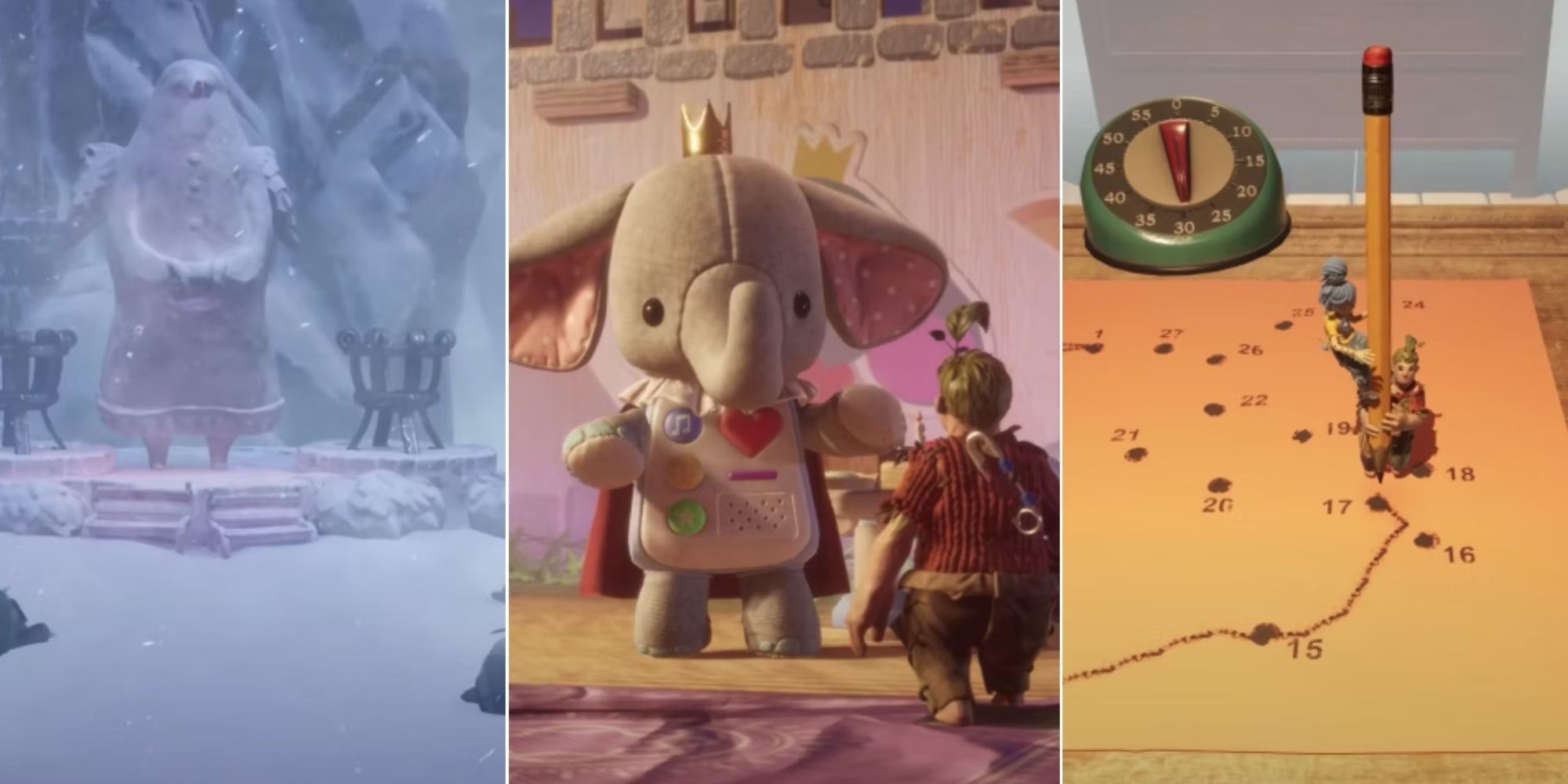
Related
It Takes Two: Every Chapter, Ranked
It’s hard to decide which of the fantastic levels in It Takes Two are the best to play!
Both games are a tempting option if you’re looking for a fantastic multiplayer adventure, but which should you go for first? In the four years between It Takes Two and Split Fiction, have Hazelight Studios managed to improve upon what they created, or have they slightly lost their edge?
5
Gameplay – Split Fiction
It’s tricky to compare gameplay in Split Fiction and It Takes Two, since while both are centered around 3D platforming, they also both revel in having as much variety and gameplay shifts as possible. However, what helps Split Fiction take this category is its slightly more refined approach.
In Split Fiction, each new mechanic feels fully explored, where at the start of every level, you’ll be given something new to play with, and as you progress it’ll evolve. By the time you reach the end, the mechanic (usually) won’t have outstayed its welcome, but you’ll be ready to move on and try something new.
Gameplay In It Takes Two
While it doesn’t reach the heights of Split Fiction, It Takes Two is still an incredible 3D platformer that shifts its gameplay often enough that there’s always something new to look forward to on the horizon.
Where it suffers slightly in comparison to the newer games is that some of these mechanics get to the point where they can feel a little repetitive, but this really depends on the level. On top of this, while both games rely on quick-time events relatively often, It Takes Two is a little worse at disguising this.
4
Presentation – Split Fiction
The choice to focus Split Fiction around different stories was an ingenious move for Hazelight — it opens many possibilities. While the sky is the limit, each of these settings is grounded within the context of our two protagonists’ personalities, working alongside their character development.

Related
10 Lingering Questions We Have After The End Of It Takes Two
After you finish the game, you might be wondering about a few things that remain unanswered.
The settings in Split Fiction consistently look jaw-dropping, and there’s nearly always some hidden detail to keep an eye out for when exploring each of its levels and side stories. While the characters themselves are not hyperrealistic, this actually helps them fit in with the fantastical settings they jump between.
Presentation In It Takes Two
Presentation is by far the closest category, since most of It Takes Two still looks fantastic, but where it is held back is in how its miniature concept eventually ends up working against the game.
At the beginning of It Takes Two, the tiny perspective is used creatively, and it’s a joy to explore from this angle, but by the time the game reaches its final act, it starts to feel like it doesn’t work that well anymore. The later levels feel a lot more abstract in how the characters are exploring them, and it seems like the developers wanted a wider canvas to work with, without having to focus on scaling down the characters.
3
Characters And Story – Split Fiction
Spoilers AheadThe two main characters (especially Mio) don’t make a fantastic first impression in Split Fiction, but that’s what makes it all the more impressive seeing how much they develop throughout the game. As an audience, we learn more about the characters, as they learn about each other, and this makes the whole narrative more immersive and believable.
Using the settings of each level as a vessel for teaching us about their personalities takes clear inspiration from It Takes Two, but it’s used a lot more effectively here. The overarching narrative takes a backseat to the character development, but Rader is still an enjoyable villain to work against.
Characters & Story In It Takes Two
While the gameplay and look of It Takes Two has faced almost unanimous praise, the story has been a little more divisive. The concept of a couple on the brink of divorce being forced to explore the history of their relationship and learn to love again through the power of a strange unknown magic/curse has potential, but the problem is the execution.
.jpg)
Related
10 Things That Make No Sense In It Takes Two
Though It Takes Two features a silly premise, there are parts of the game that just make no sense.
Over the course of the game, it’s hard to tell whether we’re supposed to want Cody and May to get back together, since for most of the game, they seem to genuinely not get along anymore and to have grown apart. By the end, it feels like they’ve gotten to the point where they can finally co-operate and be friendly with each other, so the conclusion skipping ahead to rekindling their romance feels a little rushed and unearned.
End Of Spoilers
2
Pacing – Split Fiction
Being split into only eight chapters means that most of the levels in Split Fiction are pretty long, but that’s why it’s so fantastic that measures were put in place to ensure that the pacing never drags.
The longer chapters of Split Fiction are broken up with enjoyable side stories that help keep the gameplay fresh, and also provide the perfect opportunity for a break if you and your player two are looking for a place to rest. Also, instead of the levels getting progressively longer, the game actually starts to wind down with the longest levels being around the midgame, and the last three chapters being slightly shorter than the others. This makes the last act perfectly paced, without feeling rushed.
Pacing In It Takes Two
The first few levels of It Takes Two feel well-paced, and you’ll want to keep playing to see how these characters develop as the gameplay evolves. The problem starts when you notice that the levels keep getting progressively longer.
While some of It Takes Two’s most creative ideas are in the last few levels, they feel a little bogged down in just how long some of these stages can take. Minigames serve as a nice distraction, but aren’t as effective or refreshing as Split Fiction’s side stories. Even though the last chapters of the story feel a little like a marathon, the final level is notably shorter, and unfortunately makes the game’s finale feel a little abrupt.
1
Winner – Split Fiction
With Split Fiction sweeping every category, it’s important to keep in mind that It Takes Two is still an absolutely fantastic game. In spite of this, after playing Split Fiction, it starts to feel like going back to It Takes Two may feel a little lethargic since so many small changes to a pre-existing formula result in Split Fiction feeling like an all-around upgrade.
It’s fantastic to see how Hazelight was able to hone in on the small flaws such a fantastic game like It Takes Two had, and address almost all of them with its successor. Because of this, it’s recommended that, if you haven’t played either, to start with It Takes Two because it’s more accessible and easy, but more importantly, it’ll be tough to go back to after playing Split Fiction.
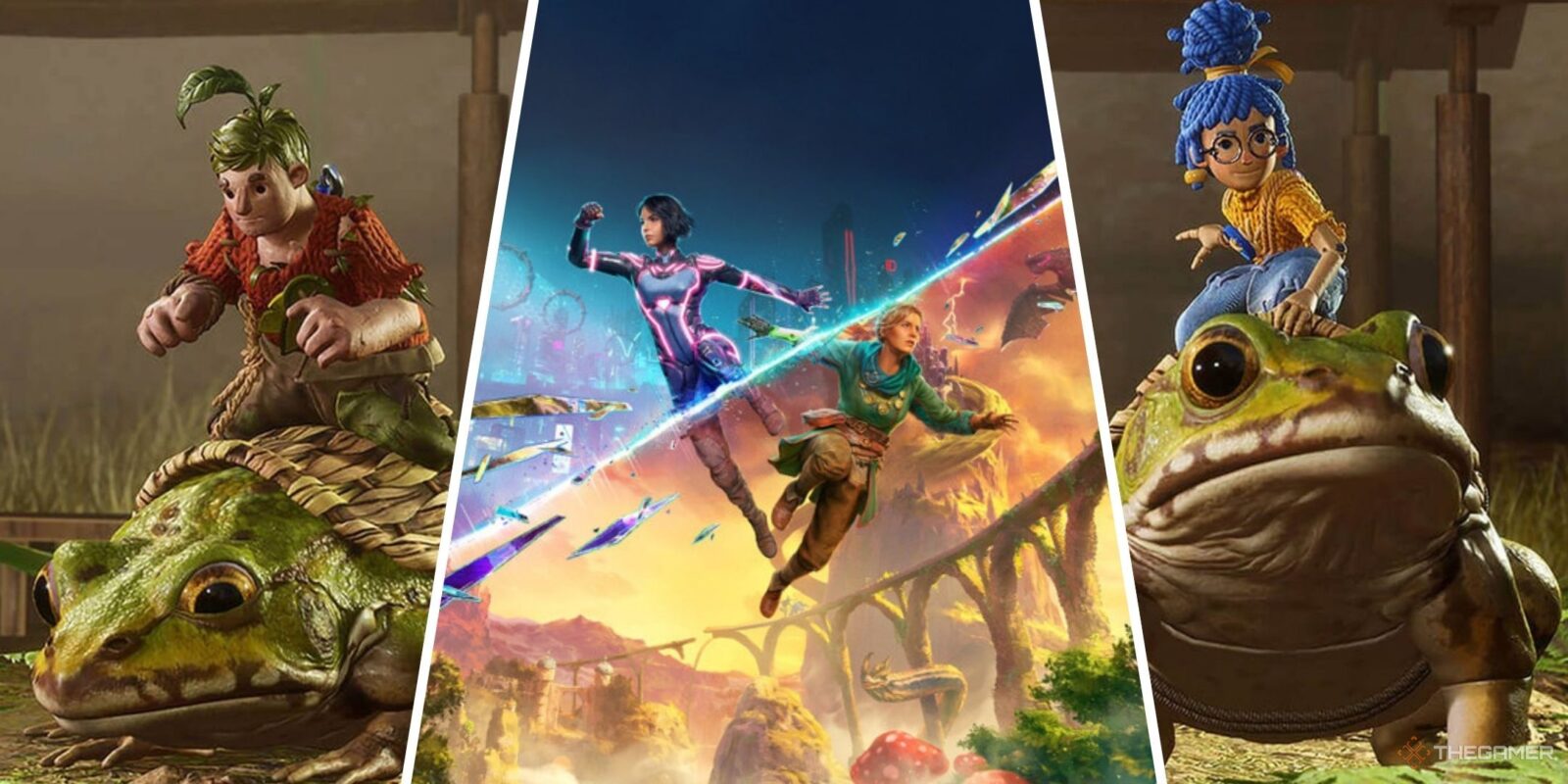


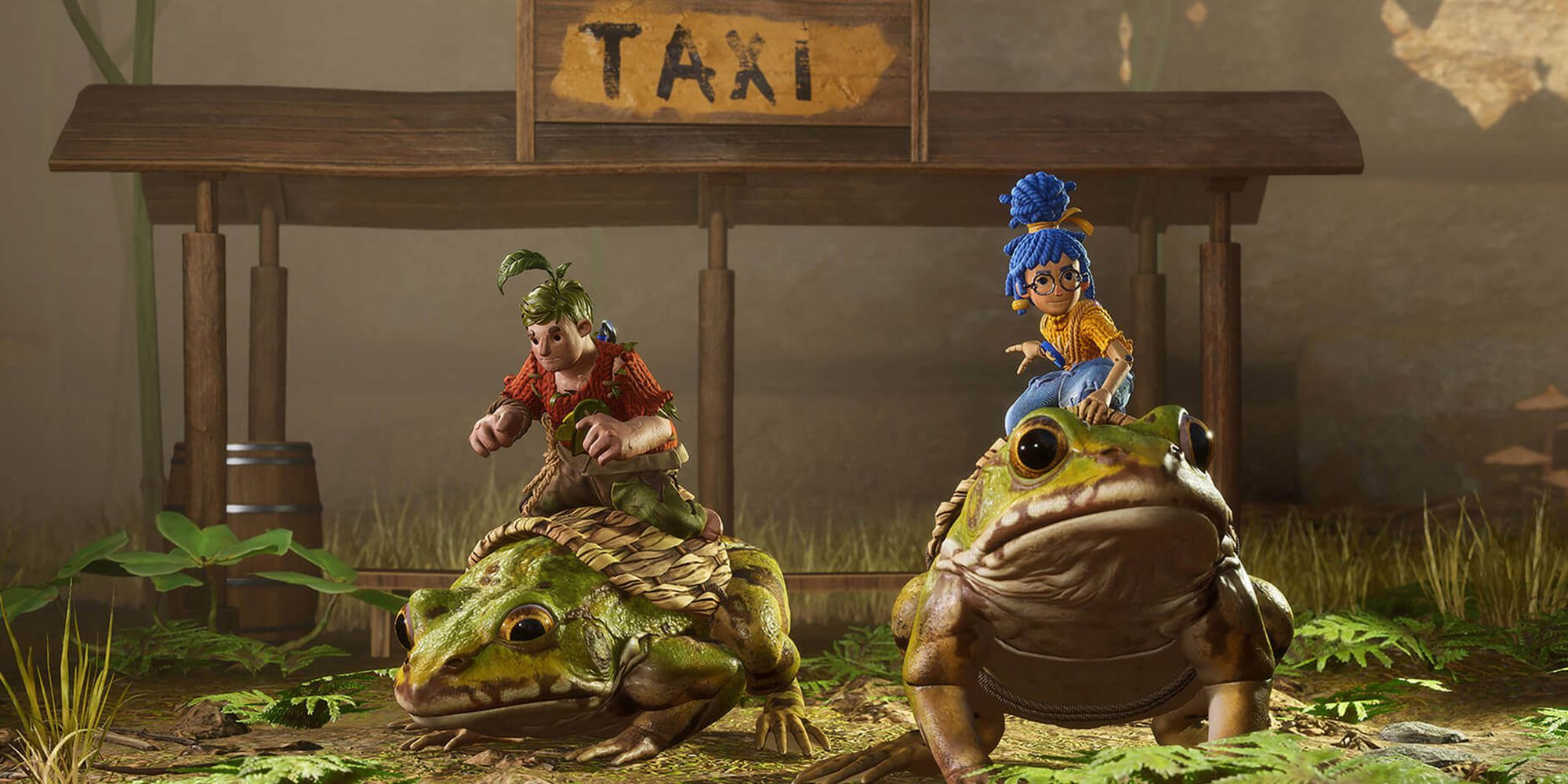

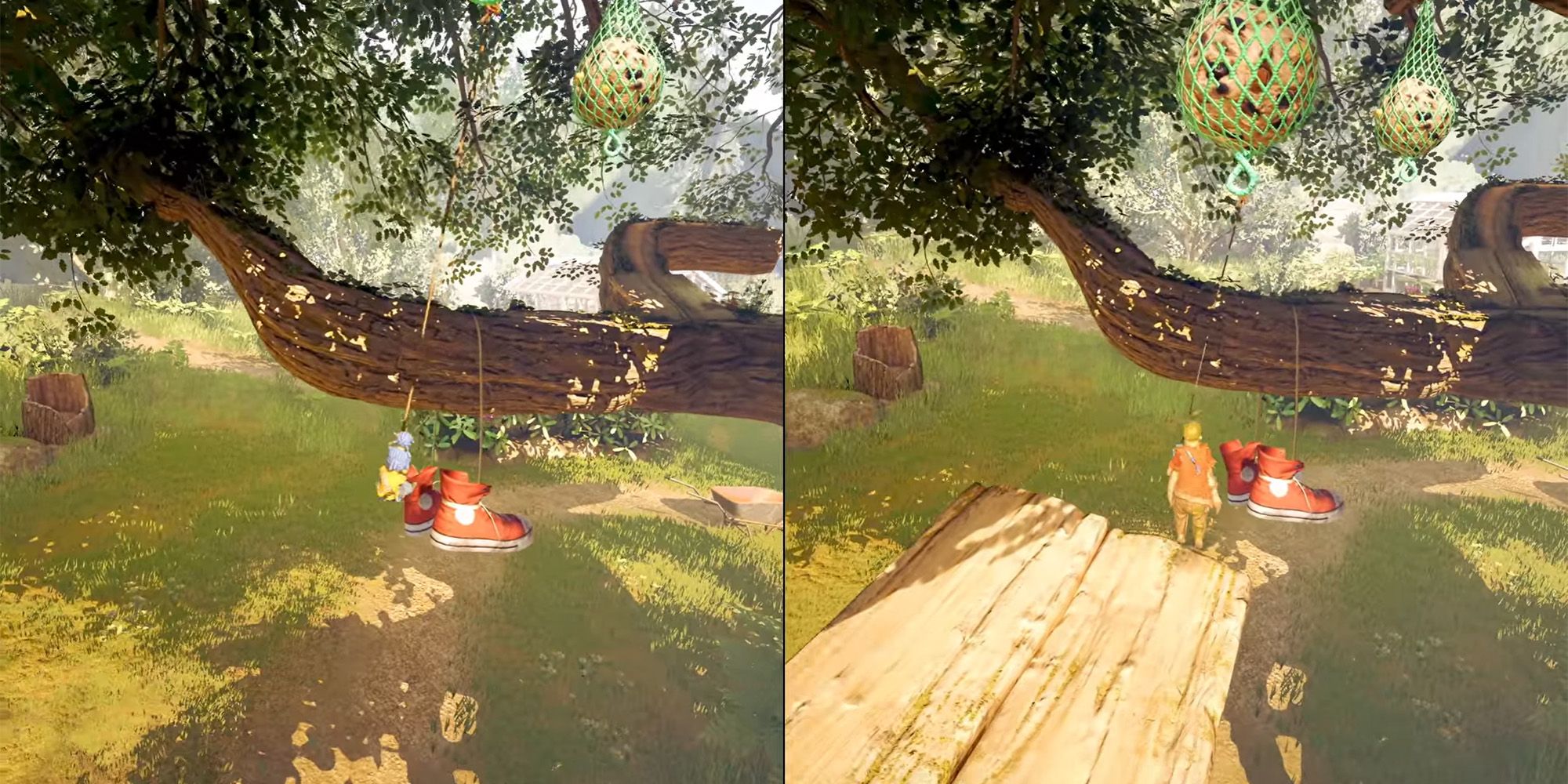
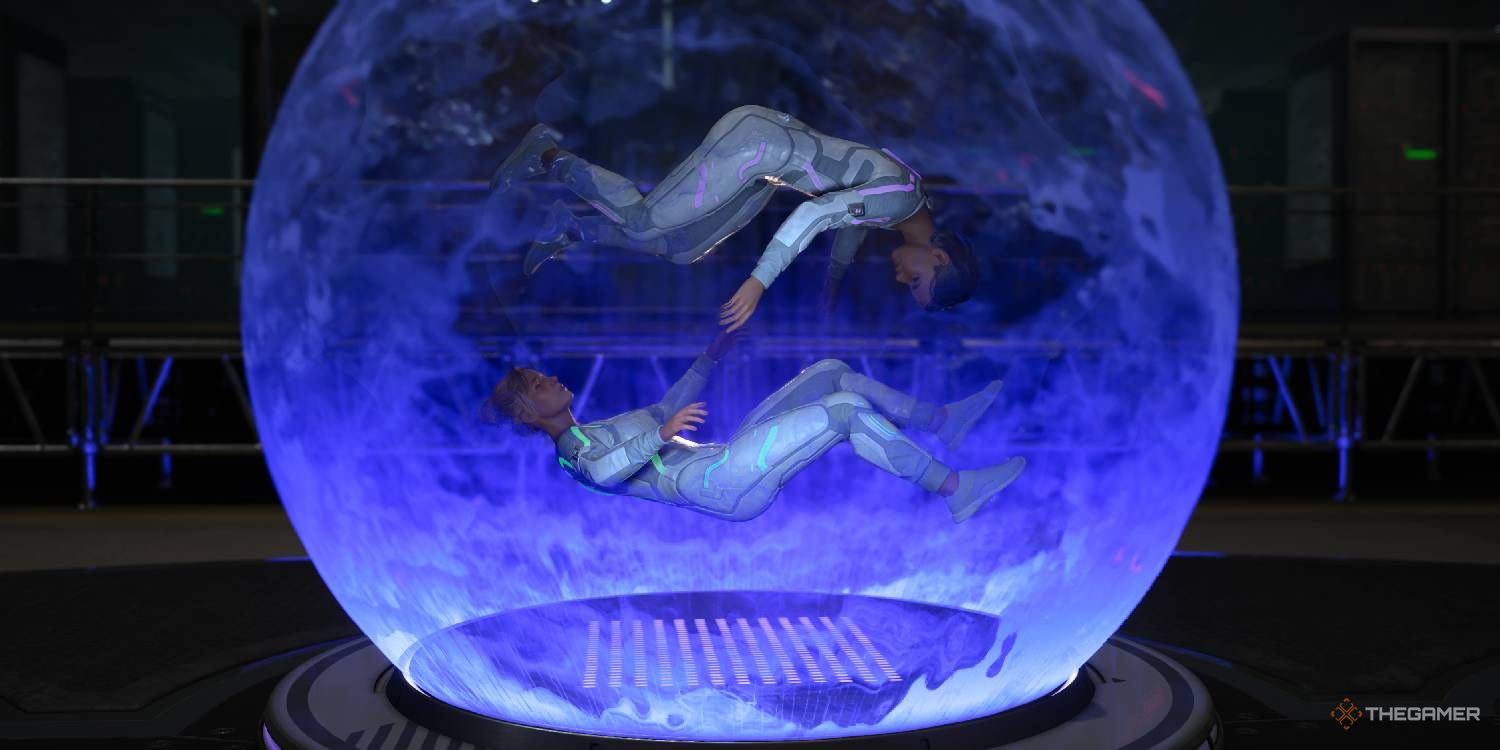
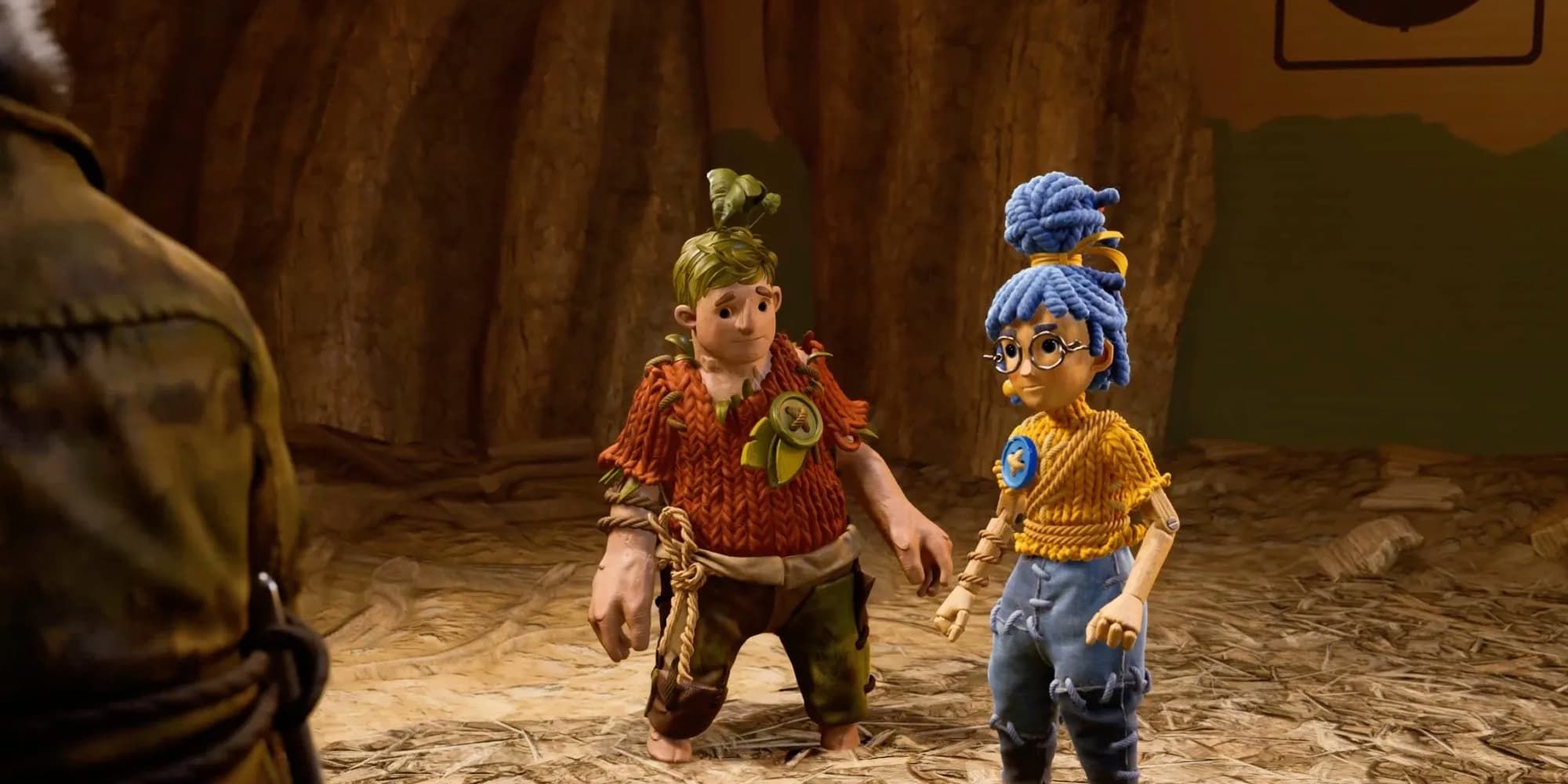
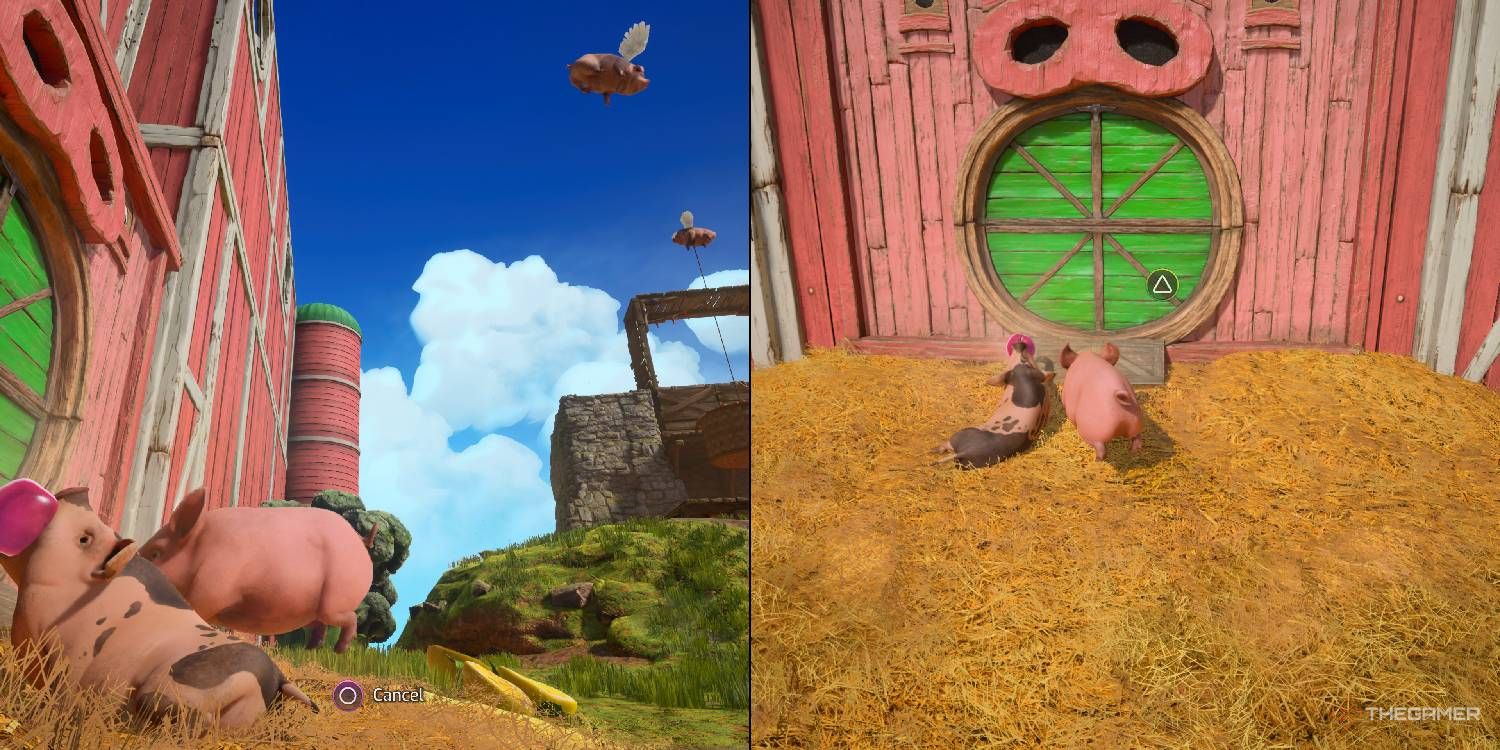
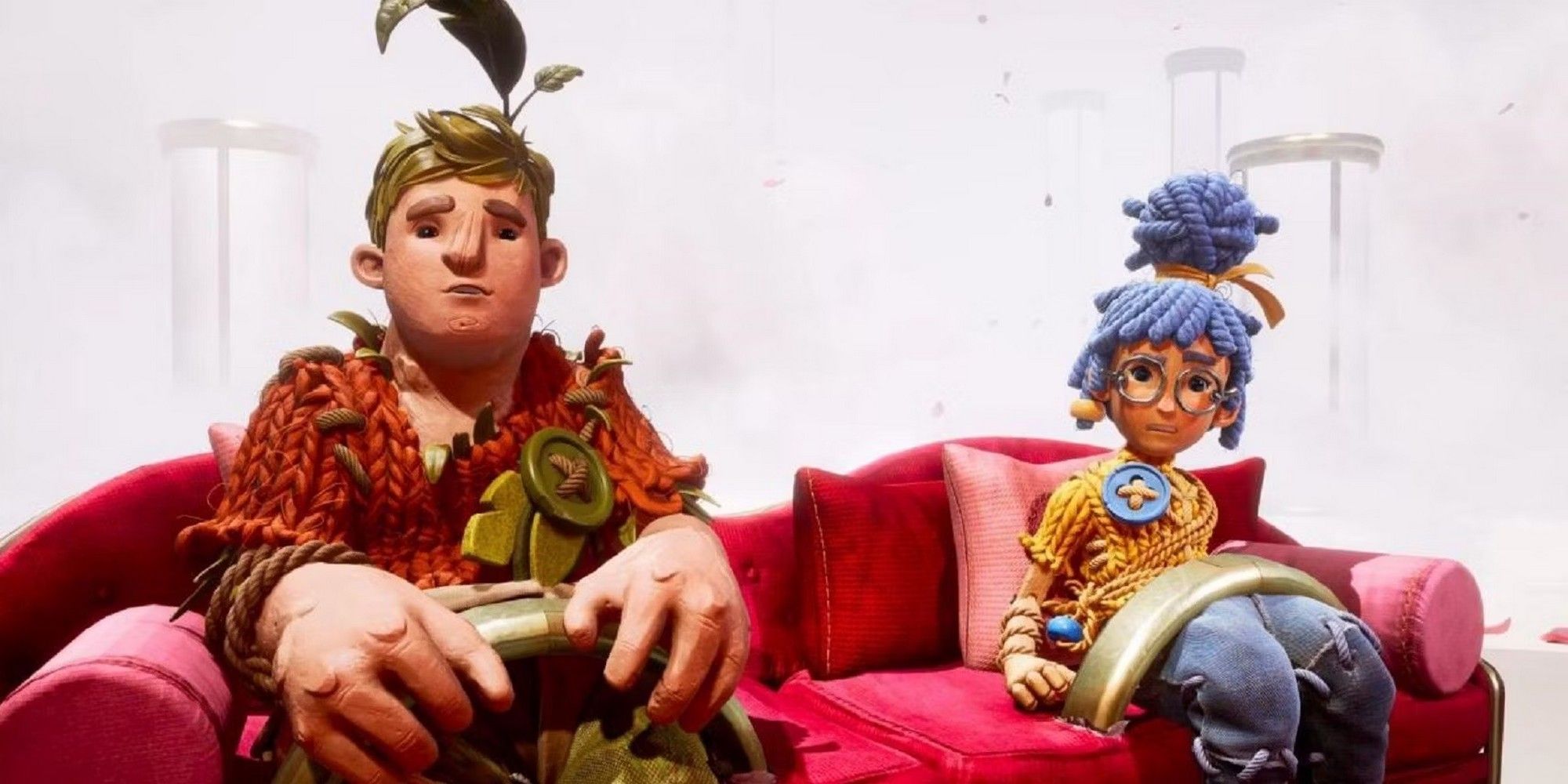

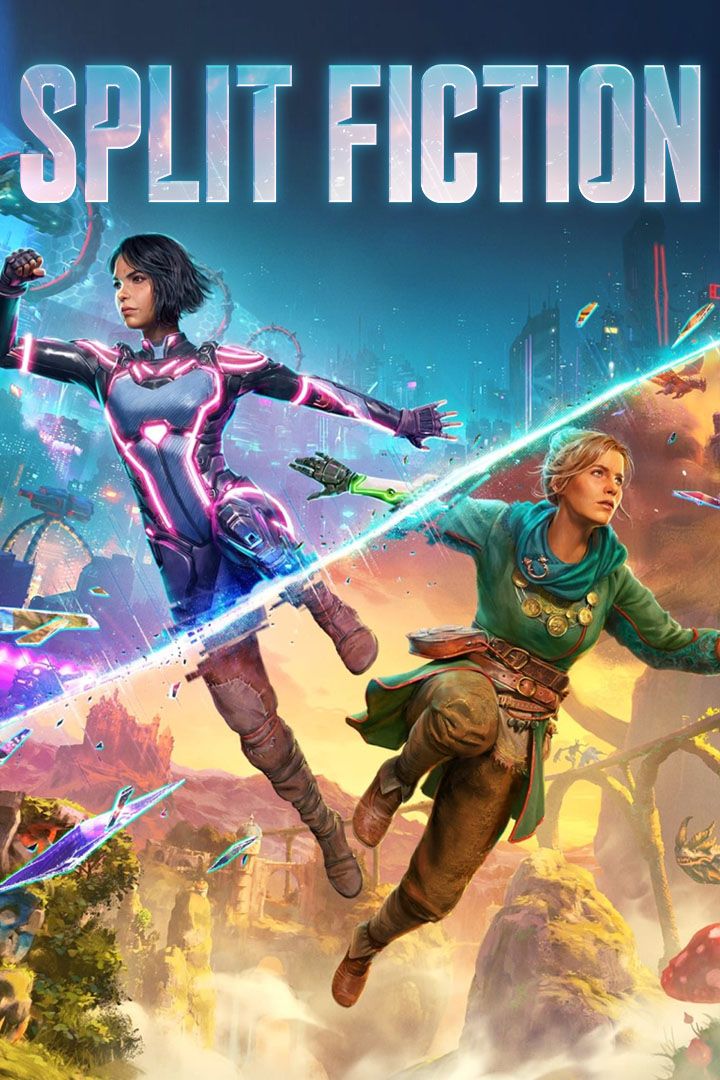




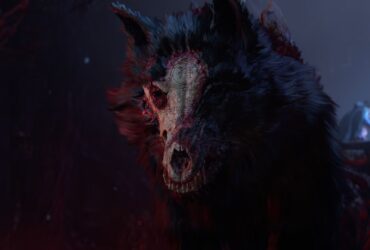

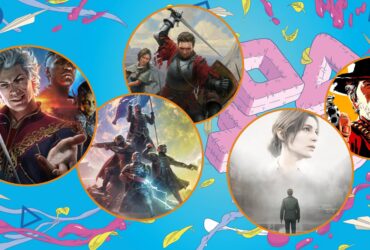
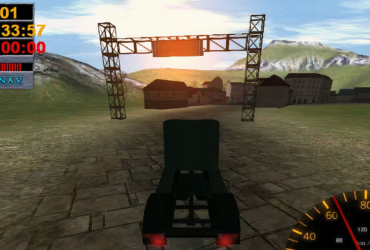
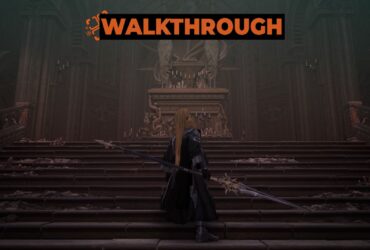
Leave a Reply